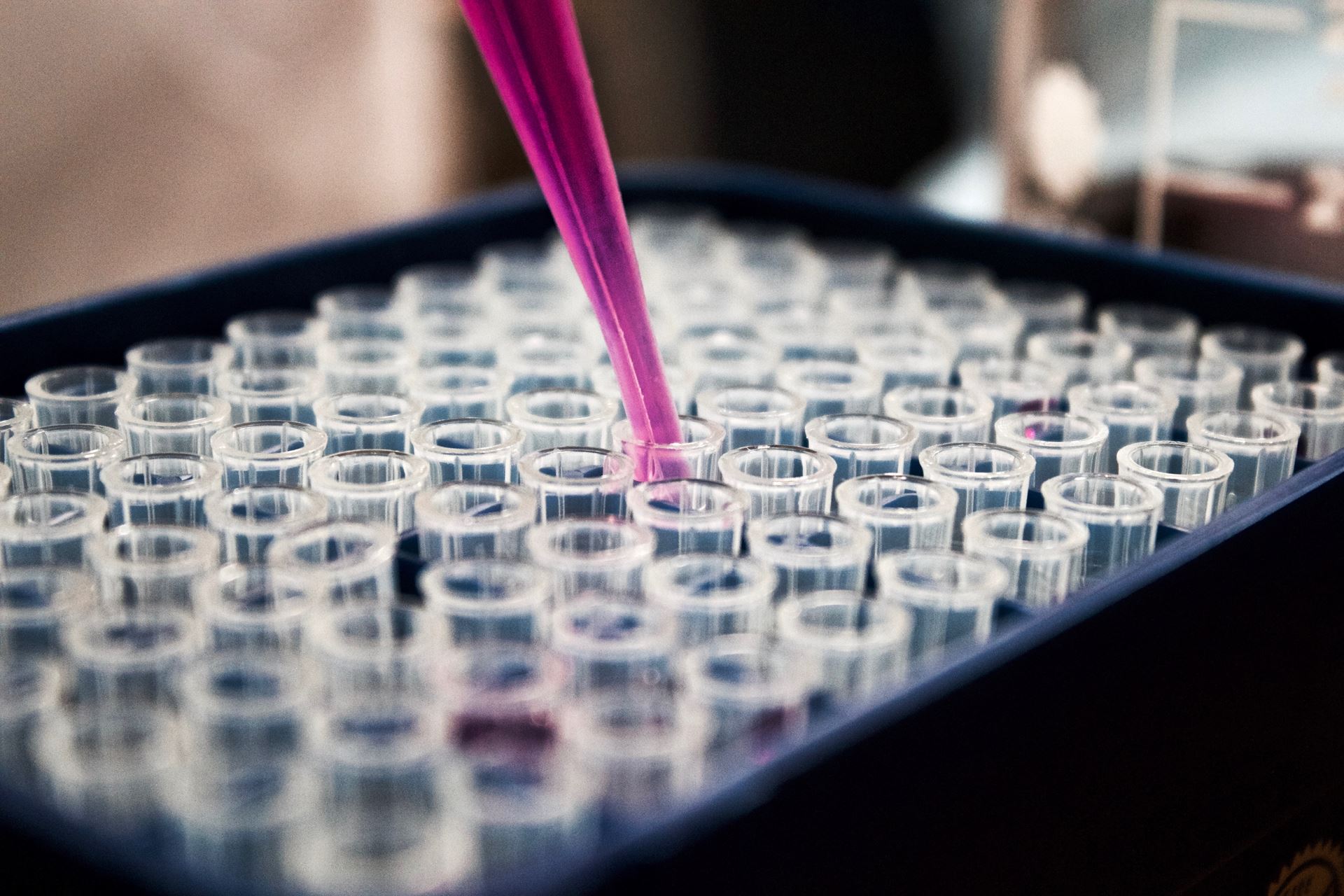Tests & Results
Tests
Blood tests are requested by a doctor, pharmacist or nurse. The support team will send you a link to book your test usually in 1 or 2 working days.
We offer a choice of phlebotomy facilities to patients who can have blood taken in a community setting.
Many of our patients prefer to go to Hornsey Central Neighbourhood Health Centre, the Whittington or Wood Green Diagnostic Centre. We can offer phlebotomy at the surgery for those who are unable to get to Hornsey or the Whittington.
Please note, no tests are processed without authorisation from a doctor or nurse. Tests have to be interpreted in context with the clinical situation and as such must originate from a health professional.

You can have a blood test at:
Please click on the links bellow for more information.
Hornsey Central Neighbourhood Health Centre 151 Park Road, Hornsey, N8 8JD Monday to Friday 8.30am – 12.30pm. No under 18s Contact number 020 3074 2500.
Wood Green Community Diagnostic Centre (CDC) (whittington.nhs.uk)
- Ground Floor (Units 51 - 53)
The Mall
159 High Road
Wood Green
London, N22 6YQ
The Muswell Hill Practice appointment required. We offer a blood-taking service for those can't get to the above places.
Results
Please speak to the reception staff from 10:30am any weekday for test results. The average wait times for a result are:
- X-rays 1-2 weeks
- Blood tests 5-7 days
- Smear 2 weeks
If a result requires urgent action then we will contact you. We will NOT contact you routinely for normal results. Therefore, please always phone the practice for your results following any investigation.
Do not assume that they are normal if you do not hear from us - you may not have updated your contact details, or we may have tried to contact you without success.
Interpreting Results
The interpretation of test results is a complex field that requires training and understanding.
Doctors request tests for many different reasons: they may be looking for a particular problem or trying to rule something out. There is a thought process involved and it is best to discuss your result with the doctor who ordered the test rather than another doctor, as they will be in the best position to understand what the results mean.
You may see a little red “exclamation mark” beside a test indicating that a result is outside the normal range. This may be significant, but in many cases it is not and your doctor will know whether this is the case and if any action needs to be taken.
Results have to be considered in the context of the patient’s age and ethnicity; previous results; the reason for the test; and what other results show. The doctors have over time also taken advice from specialists as to what is significant and needs follow up, and what can be seen as normal.
All results are viewed and marked by a doctor. If a doctor has marked a result “normal” then you do NOT need to be concerned, even if there is a red exclamation mark next to it.
Page created: 10 July 2020